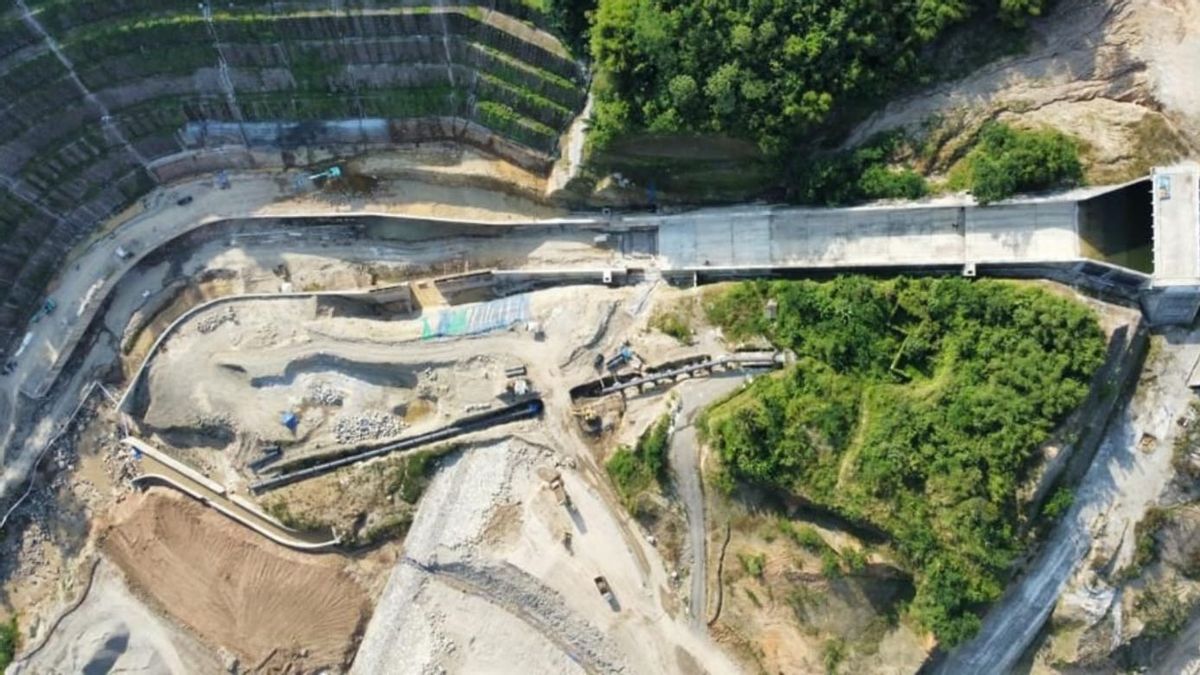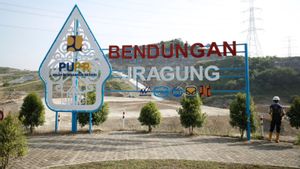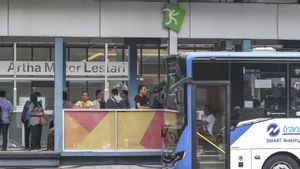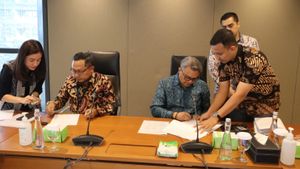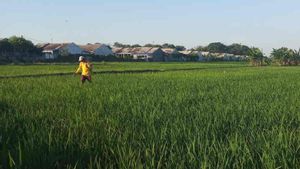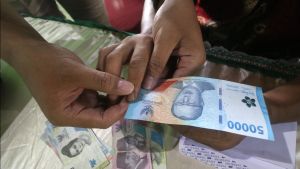JAKARTA - The Ministry of Public Works and Public Housing (PUPR) is optimistic that the construction of the Jlantah Dam in Karanganyar Regency, Central Java, will be completed in December 2023.
"Currently, the progress is around 62 percent and there are no significant obstacles, only a few technical problems related to geology will be addressed soon. So, the target to be resolved by the end of 2023 is hopefully to be achieved," said PUPR Minister Basuki Hadimuljono in a press release, Saturday, May 20.
The Jlantah Dam has a capacity of 10.97 million m3 sourced from the Jlantah River and Puru River. Construction of the dam is designed at a height of 70 m (from the river base), peak length of 404 m, peak width of 12 m, elevation of the peak of the dam +690 m.
This dam was built by contractors PT Waskita Karya (Persero) and PT Adhi Karya KSO with a contract value of Rp 965 billion with an implementation period since 2019.
Meanwhile, Head of the Bengawan River Basin Center, Solo Maryadi Utama, said that after completion, the Jlantah Dam will become a multifunctional dam that provides economic benefits, one of which is as a source of irrigation.
"The Jlantah Dam will irrigate 1,494 Ha rice fields in the Jatiyoso and Jumapolo sub-districts of Karanganyar Regency," said Maryadi.
In addition to being an irrigation source, this dam will produce raw water of 150 liters/second. The presence of this dam provides benefits for the potential for Micro Hydro Power Plants (PLTMH) of 0.625 mega watts, flood reduction of 51.05 percent or 70.33 m3/second for Q50, as well as conservation and tourism in Karanganyar Regency.
SEE ALSO:
The presence of the Jlantah Dam has increased the number of water reservoirs built by the Ministry of PUPR in supporting food and water security in Central Java Province.
In addition to the Jlantah Dam, there are two other dams that are being built and four dams that have been completed in Central Java.
The four dams include the Gondang Dam in Karanganyar with a capacity of 9.15 million m3, the Logung Dam in Kudus which can accommodate water of 20.15 million m3, the Pidekso Dam in Wonogiri with a capacity of 25 million m3, and the Randugunting Dam in Blora with a capacity of 14.42 million m3.
The English, Chinese, Japanese, Arabic, and French versions are automatically generated by the AI. So there may still be inaccuracies in translating, please always see Indonesian as our main language. (system supported by DigitalSiber.id)
